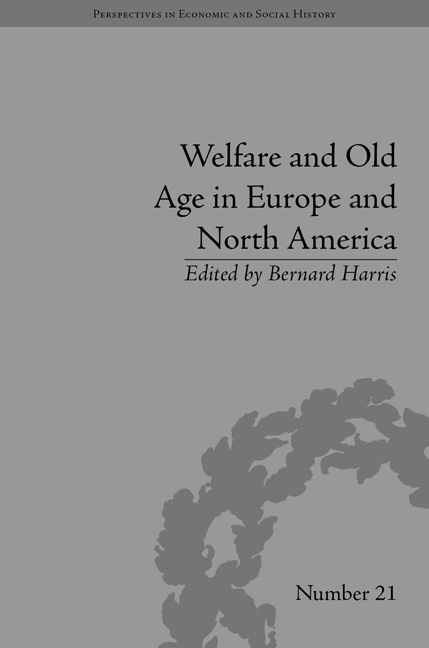Book contents
- Frontmatter
- CONTENTS
- List of Figures
- List of Tables
- Notes on Contributors
- Introduction
- 1 Coalminers, Accidents and Insurance in Late Nineteenth-Century England
- 2 The Costs and Benefits of Size in a Mutual Insurance System: The German Miners’
- 3 A New Welfare System: Friendly Societies in the Eastern Lombardy from 1860 to 1914
- 4 Economic Growth and Demand for Health Coverage in Spain: The Role of Friendly Societies (1870–1942)
- 5 Sickness Insurance and Welfare Reform in England and Wales, 1870–1914
- 6 From Sickness to Death: Revisiting the Financial Viability of the English Friendly Societies, 1875–1908
- 7 America's Rejection of Government Health Insurance in the Progressive Era: Implications for Understanding the Determinants and Achievements of Public Insurance of Health Risks
- 8 Medical Assistance Provided by La Conciliación, a Pamplona Mutual Assistance Association (1902–84)
- 9 In it for the Money? Insurers, Sickness Funds and the Dominance of Not-for-Profit Health Insurance in the Netherlands
- 10 Belgian Mutual Health Insurance and the Nation State
- Notes
- Index
2 - The Costs and Benefits of Size in a Mutual Insurance System: The German Miners’
- Frontmatter
- CONTENTS
- List of Figures
- List of Tables
- Notes on Contributors
- Introduction
- 1 Coalminers, Accidents and Insurance in Late Nineteenth-Century England
- 2 The Costs and Benefits of Size in a Mutual Insurance System: The German Miners’
- 3 A New Welfare System: Friendly Societies in the Eastern Lombardy from 1860 to 1914
- 4 Economic Growth and Demand for Health Coverage in Spain: The Role of Friendly Societies (1870–1942)
- 5 Sickness Insurance and Welfare Reform in England and Wales, 1870–1914
- 6 From Sickness to Death: Revisiting the Financial Viability of the English Friendly Societies, 1875–1908
- 7 America's Rejection of Government Health Insurance in the Progressive Era: Implications for Understanding the Determinants and Achievements of Public Insurance of Health Risks
- 8 Medical Assistance Provided by La Conciliación, a Pamplona Mutual Assistance Association (1902–84)
- 9 In it for the Money? Insurers, Sickness Funds and the Dominance of Not-for-Profit Health Insurance in the Netherlands
- 10 Belgian Mutual Health Insurance and the Nation State
- Notes
- Index
Summary
By the mid-nineteenth century, Prussian miners could rely on their own mutual social insurance system in form of the so-called Knappschaft. This institution's historical as well as economic importance stems from its continuous existence as an instrument of occupational provision against the risks of sickness and invalidity for nearly 750 years, and from its status as an influential precursor of the Bismarckian social insurance system. As part of the Prussian mining reform, the Knappschaft law of 1854 combined mandatory contributions for all miners with the insurance principle and legal claims, thereby creating one of the few occupational social insurance schemes that co-existed with Bismarck's social insurance later on. The 1854 law standardized for Prussia what miners had already practised before at different locations and with their own sense of mutuality.3 The reader will associate Knappschaften with other prominent institutions of the nineteenth century, especially with British Friendly Societies. However, Knappschaften were different in that joining a Knappschaft and thus paying contributions was compulsory for workers in covered activities. Membership in Friendly Societies was strictly voluntary in contrast, implying a different, perhaps stronger, sense of solidarity.
This chapter examines a series of arguments concerning the ways in which the size of the Knappschaften affected their ability to satisfy their members’ needs. As we shall see, the societies' primary functions were to provide different benefits for people experiencing short term illnesses (sickness insurance), long-term or disabling illness (invalidity pensions) or old-age (old-age pensions).
- Type
- Chapter
- Information
- Welfare and Old Age in Europe and North AmericaThe Development of Social Insurance, pp. 27 - 46Publisher: Pickering & ChattoFirst published in: 2014



